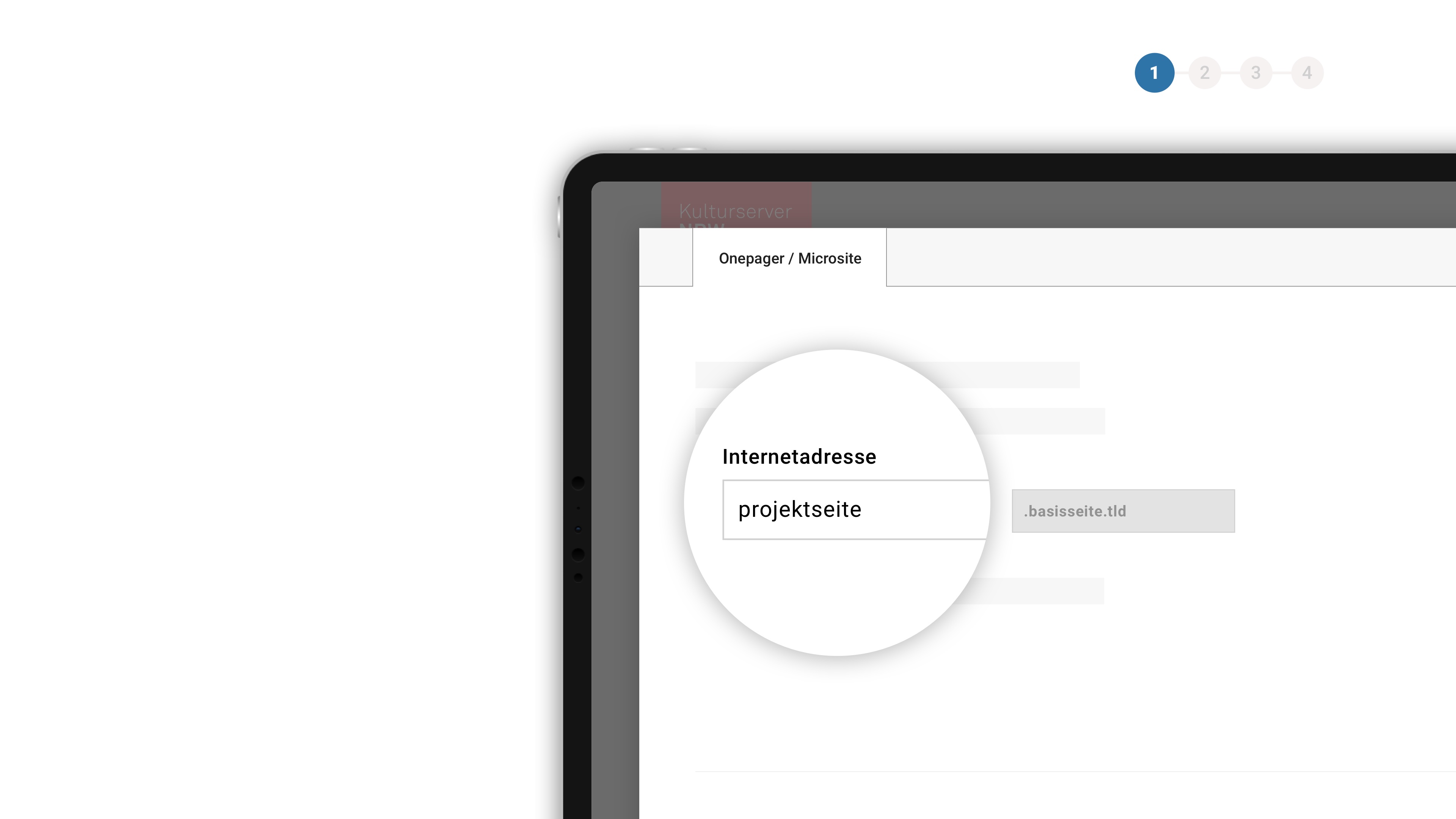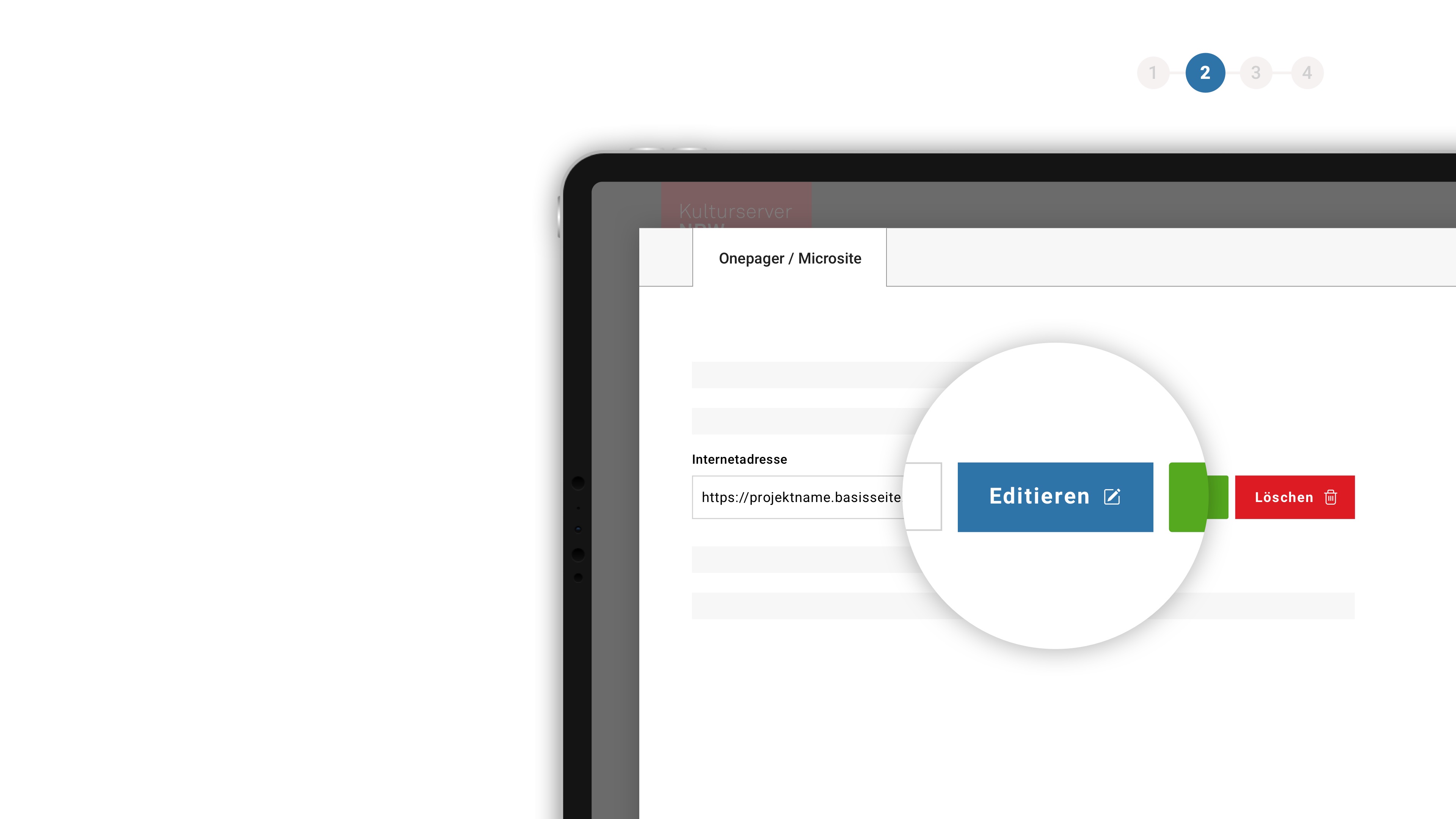Patriotische Rhythmen und infantile sentimentale Bindungen - Deutsche Oper Berlin
From the programme booklet
Patriotic Rhythms and Infantile Sentimental Bonds
An essay by Anselm Gerhard
The first solo scene in LES VÊPRES SICILIENNES belongs to the primadonna: after the obligatory opening chorus, Hélène is determined to incite the citizens of Palermo to rebellion; the sister of the «Austrian» (presumably, this means the House of Staufer) duke leading the Sicilian resistance against the rule of Anjou. The sharply articulated upbeats, the omnipresent dotted rhythms are closely adapted to the French text Verdi was setting: «du cou-ràge» sounds snappier, more pointed than the later Italian translation of «co-o-ràggio». Formally, the fast movement of Hélène’s solo, however, is a typical Italian cabaletta, the fast-and-furious final passage of a multi-part aria that Rossini had made de rigueur. The vocal profile of this cabaletta with its «roulades» and leaps up to the high C is equally beholden to Italian convention. Hélène is audibly following in the footsteps of Odabella, the courageous and pugnacious heroine of Verdi’s ATTILA of 1846. Yet this martial scene bears a whiff of French perfume, not just because of its text. In the interaction between solo voice and chorus and the prominent marching rhythm, the scene might have been inspired by the spirit of the «Marseillaise». A very famous painting of 1830 springs to mind: in «La liberté guidant le peuple» (Liberty Guiding the People), Eugène Delacroix depicted a courageous woman holding the republican tricolour as an allegory of freedom. From this perspective, Hélène appears as an allegory – if not of freedom, then at least «du courage».
Her beloved Henri, meanwhile, is quite a different matter. He has no idea which way to turn. The eighteen-year-old’s mother, Sicilian like Hélène, died a year ago; he knows nothing of his father. In Act III, however, he learns to his horror that his mother was impregnated by none other than the despised governor: Henri’s father, then, is Guy de Montfort, a «Frenchman» in the libretto’s parlance – in real-life 13th century, a Norman, presumably born in England. Like so many librettists, Eugène Scribe loved cobbling together a pastiche: in 1282, the year of the bloody uprising in Palermo, the real Montfort had not been governor for a long time. Returning to the imaginary Montfort of the opera, however, the audience (though not Henri) learns from his bashfully convoluted words that he had raped Hélène – in a private letter about his libretto, Scribe did not mince words, speaking of a «femme violée», a violated woman.
So what does Henri do? After Montfort has ordered the reconciliation and simultaneous marriage of Hélène and Henri in Act IV, the engaged couple clings to this vague perspective of peace. Thus, the fifth and final act portrays an almost ghostly calm before the storm. In the last solo scene of this opera, Henri sings of a «breeze which blows lighter and purer in the distance», of an «air filled with even sweeter perfumes». Formally, this unreal utopia is a typical French strophic song. The metre Verdi requested, a rhyming alexandrine, points to the song genre, then considered inappropriate on the opera stage. In the libretto, the two verses are entitled «Romance», in the printed piano reduction – far more aptly – as «Mélodie», using the French term for a song with piano. Verdi here breaks completely new ground, approaching – not least in the shimmering orchestration, with tremolos in the high strings and breezy staccati in the high winds – the seemingly unreal lightness which Bizet would make the hallmark of his tenor solos in LES PÊCHEURS DE PERLES or LA JOLIE FILLE DE PERTH some years later. Not without reason did the Florentine music critic Abramo Basevi quibble: «The tenor’s mélodie is a pretty sweetly song, but it is artificial in certain ways. Its character is that of a little song with piano accompaniment. This is why (…) it defies the uniformity of style one wishes to see maintained in an opera.»
Epic opera
What does this observation of two eccentric solo scenes tell us? In 1855 Verdi did not have the possibilities to forego tried and trusted formal models, as he did a good decade later in DON CARLOS, his last French opera – whose new parts he was consequent enough to compose to French words in the «Milan version» of 1884. The work is still beholden to convention, even if fault lines and individualized solutions become apparent at second glance. Most of all, the comparison of Hélène’s (first) and Henri’s (last) solo highlights a fundamental problem in the dramaturgy of this opera.
Following in the footsteps of Meyerbeer’s successes, Verdi wanted to create a large-scale historical or period opera, a kind of epic opera before the invention of the epic film. In a letter to Eugène Scribe, the Parisian librettist of (not only) Meyerbeer, he specified his wishes on July 26, 1852. Writing in French and with reference to Meyerbeer’s LE PROPHÈTE, he postulated: «I need a grandiose, passionate, original libretto, with impressive, dazzling stage action.» When Scribe delivered the finished libretto to him one and a half years later, Verdi noted on the receipt that he was «very pleased». The librettist told one of his collaborators that the show-stopper at the end of Act IV (to which we will return in due course) had been praised by Verdi as «the most fortunate scene in the work». At the same time, however, Verdi also insisted on the outer insignia of the Parisian model of success, i.e. the five-act structure with repeated ballet appearances. Hereby, he also created a problem for himself. For the project suggested by Scribe, a libretto by the title of LE DUC D’ALBE which had originally been sketched for Halévy in 1836, then composed by Donizetti halfway, had only four acts.
Of course it would have been very easy for Scribe to move the story from the Netherlands under Spanish occupation, i.e. from the sphere of Goethe’s EGMONT, to Sicily under Norman rule, thereby pre-dating it by three centuries: instead of the year 1573, he could focus on the few days before March 30, 1282, the historically documented Palermo uprising usually known as the «Sicilian Vespers». However, it was anything but easy to divide the violent resolution of the confusion surrounding a pair of lovers, foreign occupation and revolt into two acts.
While Verdi set the libretto of the first four acts to music making hardly any changes, in early 1855 he kept demanding new ideas for Act V. Ultimately, this led to a series of genre scenes overshadowed by the premonition of the final massacre, but lacking dramatic bite: a flowery chorus of homage in 3/8 with accompanying castanets, a «sicilienne» with the characteristic rhythm of a Spanish «bolero» for Hélène, and Henri’s aforementioned ethereal «mélodie». In contrast to all the other acts, and unlike Scribe’s original libretto, these three numbers are not linked by recitative-like dialogue. By removing the engaged couple from the actual drama, the interlocking of historical conflict and love story becomes less compelling than two decades earlier in Meyerbeer’s LES HUGUENOTS, and less coherent than twelve years later in Verdi’s DON CARLOS.
«Dis-moi papa» («Call me papa»)
Still, at the end of Act IV the two spheres seem to ingeniously interlock at the finale’s fulcrum: Montfort craves the approval of his son. He cannot bear to be rejected as a cruel tyrant. The fact that Henri courageously saved his life during the masked ball in Act III is not enough for him. He insists that his son address him as «Father». This idée fixe of an ageing man was at the heart of the scene which Verdi deemed the «most fortunate» in the entire opera. In the almost sadistic setup of the Act IV finale, Montfort has his people prepare the execution of Procida and Hélène. When the woman Henri loves is led to the place of execution, he forgets all his «patriotism» and cries out «Mon père! mon père!...» («My father!»)
The obsessive nature of Montfort’s demand already bothered many a contemporary. On the occasion of Verdi’s opera’s revival in the summer of 1863, Gustave Héquet wrote: «Call me papa, or her head will roll… That is simultaneously horrendous and infantile.» This scene, however, reproduces a no less sadistic family constellation in LE PROPHÈTE, which Verdi would still praise in 1896, at the end of his life, as a «wonderful dramatic moment». In Act IV of that opera, first performed in 1849, the title hero Jean has himself venerated as the son of God. When he threatens to have his disciples stab him to death if he was born of an earthly woman, his terrorized mother finally denies her own, «prodigal» son.
Compared to the key scene in Meyerbeer’s opera, conceived as early as the beginning of 1836, Verdi’s ensemble seems dark and soft, almost resembling chamber music. Before the backdrop of the monks chanting the penitential psalm «De profundis», those sentenced to death take leave of one another in stammering words. Musical profile is only discernible in the orchestra: in the high register, the violins intone a pianissimo melody in D-flat-major (already introduced in the overture) which is then transformed to D-flat-minor – a sonic portrait of desperate melancholy which Verdi had already tested two years earlier at the outset of Act III of LA TRAVIATA. At the last syllable of the second cry of «Mon père!», however, the harmony brightens and mutates back to the D-flat-major the listener no longer expects – the very key which had played a structural role in the two duets between Henri and Montfort.
«Tête-à-tête»
All told, there are four duets in the five acts of LES VÊPRES SICILIENNES. At first, this does not seem exceptional. However, Henri is involved in all four duets: twice with his father, twice with Hélène. Thereby, this opera takes its place in Verdi’s obsessive search for pointed personal confrontations. In retrospect, Verdi even called his RIGOLETTO of 1851 «an endless succession of duets»; in the five-act versions of DON CARLOS, i.e. in Paris 1867 and in Modena in 1886, we encounter no less than seven situations which must be classified as «tête-à-têtes».
In two of the four duets in his 1855 opera, Verdi also reaches for a device he never used anywhere else. In the cabaletta, the fast final movement of the duet in Act III, Henri intones the same melody which expressed his father’s hidden feelings of happiness at the sight of the son he had believed lost in the slow opening movement of the same duet. Quite similarly, in the lovers’ second duet in Act IV, Hélène adopts one of Henri’s melodies: after she has – finally – learned who Henri’s father is. Thus, Verdi includes musical motifs in the exchange of thoughts between the singing protagonists, sensuously illustrating their family ties.
Henri is even portrayed as a «duetting» character when he sings alone. His «mélodie» in Act V, already extensively commented upon, is exclusively about Hélène and his joy at their upcoming nuptials. Moreover, at the end of the two verses, Hélène responds to his declaration of love, and the second verse is crowned with eleven measures of togetherness in interlocking thirds. Henri’s two-part aria at the beginning of Act IV is also almost obsessively related to Hélène. In the slow movement in E-minor, he laments that it is impossible for him to live with her hatred, «ô mon Hélène». In the cabaletta in E-major – this one composed by no means in the Italian style – he entreats the Hélène whom he imagines in prison for her forgiveness.
In the end, even Hélène loses the determination to fight which was so characteristic of her aria in Act I. Before the cabaletta of the last joint duet, immediately after Henri’s Act IV aria, Verdi planned a slow movement, complete in itself, for Hélène alone: more than three minutes of solo singing. Oscillating between G-minor and G-major and with patterns of accompaniment strongly reminiscent of the piano part of Schubert’s famous STÄNDCHEN on a text by Rellstab («Leise flehen meine Lieder», also popular in Paris and Milan at the time), she explains to Henri that her heart has forgiven him. Love, and thus private life, have won out for good against any patriotic upswell of feelings.
«The inevitable dagger»
It bears another repetition: the interlocking of historical conflict and love story is less seamless in LES VÊPRES SICILIENNES than in the historical operas conceived during the 1820s and 1830s: not only Meyerbeer’s LES HUGUENOTS and LE PROPHÈTE, but also earlier examples, such as Auber’s LA MUETTE DE PORTICI, Rossini’s GUILLAUME TELL and Halévy’s LA JUIVE. However, it would be short-sighted to criticize Verdi for these imbalances. Obviously, after history had «accelerated» with the third blood-soaked revolution in Paris in 1848, after 1789 and 1830, and after the supposed calming of conflicts under the draconian rule of Napoleon’s nephew during the so-called Second Empire since 1851, the dramaturgical model of the historical or period opera had outlived its usefulness.
Several contradictions in the dramaturgy of Scribe’s and Verdi’s opera result from the changed sensibilities of the time. Verdi himself realized the precariousness of the concept of Act V when he began setting it to music late in 1854 (and started by working out two totally different sketches for Henri’s last solo, using more conventional texts by Scribe). On January 3, 1855 he wrote to the director of the Opéra that «everyone agrees in finding this fifth act uninteresting». To begin with, this may have been nothing more than an attempt to strengthen his bargaining position vis-à-vis Scribe, who was now asked to revise his libretto. However, Verdi also complained vociferously how awkward the crude updating of a historical event from the 13th century was. He claimed that «M[onsieur] Scribe’s text» insulted «the Italians by altering the historical figure of Procida, turning him (through his usual preferred method) into a common conspirator with the inevitable dagger in hand».
Had Verdi previously neglected to read Act V? Certainly, it seems that he only realized at this point that the struggle between the Sicilians and the House of Anjou might be read by the audience as a conflict between France and Italy. Furthermore, he had recognized the weaknesses in Procida’s characterization, the only leading role in this opera for which there was no model in LE DUC D’ALBE. Still, in 1855 Paris, it was not self-evident to consider the plot of a historical opera through the lens of modern nationalism, especially since an Italian nation-state did not yet even exist. There was another element, though: Verdi’s protracted work had rendered the original date for the world premiere in 1854 impossible. When he started working on Act V, it was clear the opera would be performed during the 1855 World’s Fair in Paris: in other words, in the context of a competitive exhibition among nations.
Verdi was the most prominent active composer in Italy, even if he was not yet perceived as the ideational campaigner for the Italian unification movement he was to become. It was not until 1879 that he put about the fairy-tale of the revolutionary potential of the Prisoner’s Chorus in NABUCODONOSOR («Va pensiero sull’ali dorate»). And only in the last years of the 19th century did this myth, which many people still want to believe today, become a leitmotif in Verdi reviews. In Paris, the very first attempt to consider Verdi a musical precursor of national unity, a state finally achieved in 1861, is documented in 1863 – with ATTILA of 1846 as crown witness, and without any mention of NABUCODONOSOR of 1842. Verdi, however, was surely aware that contemporary literati were wont to cite the story of the Sicilian Vespers as an antecedent of the current struggle for unity.
In the end, all those involved had no choice but to live with the fuzziness of possible identifications and national attributions in this opera. It was too late to radically alter the dramaturgical concept. Therefore, Verdi tried to make the best of the situation. After his musical estate was made publicly accessible in 2019, it was confirmed that he had discarded an aria for Henri at the beginning of Act IV, already sketched in an orchestral draft to the words «Anges des cieux, éloignez d’elle», in the autumn of 1854 – possibly because he had realized that it might be too similar to Donizetti’s setting of the same text. After all, the latter had used the aria he had composed for the fourth act of LE DUC D’ALBE, setting the slightly different text «Ange si pur, que dans un songe», in his opera LA FAVORITE. Later, before the world premiere of the Italian version of Donizetti’s opera in March 1882, the Italian press also noted the uncanny similarities between Scribe’s two libretti. Thereupon, Verdi insisted that he had «not known that Scribe had used LE DUC D’ALBE to make LES VÊPRES SICILIENNES». The truth is that not only are Scribe’s letters and Verdi’s answers dating to 1852 unambiguous regarding the recycling of this libretto, which Scribe called a «shelf-warmer» – all this had been an open secret in Paris in 1855.
Patriotic rhythms
Even if simplistic portrayals of good and evil are countermanded by Verdi’s empathy with all his protagonists, this opera does partake to a certain extent of the patriotic «groove» of the 19th century. From the first measure of the overture to the last soloistic interjections before the final chorus, we keep encountering a rhythmic figure in which two (occasionally three) short upbeat notes on the same note (demisemiquaver, occasionally also semiquavers) are followed by a long note of equal pitch on the first beat of a new measure. This (mostly) anapaestic rhythm points to the funeral marches of the French Revolution and also to a musical formula associated with death – occasionally even before the French Revolution. By using the figure no less than 39 times in the overture, Verdi leaves no doubt that the following opera will be about murder and mayhem.
Furthermore, the density of martial rhythms in Verdi’s score is surprising: the opening chorus of the French occupying forces («Beau pays de France») with its 4/4 signature and the sharp syncopations reveals the model of a military march just as much as the dialogue before Hélène’s first aria, the expansive melody in the cabaletta of Procida’s aria in Act II («Saint amour qui m’entraîne»), the cabaletta in Montfort’s aria in Act III, the prelude to Henri’s aria in Act IV and even the liturgical chorus «De profundis» in the finale of the same act.
The French language’s much more sharply accentuated rhythms – compared to Italian – correspond with these patriotic rhythms. Thus, it is fortunate that after almost a century and a half of commonly-held belief that this opera – like DON CARLOS – should be performed in the composer’s mother tongue, not in the language he had actually set to music, LES VÊPRES SICILIENNES is now introduced in French: only in this iteration does Verdi’s interweaving of blood-drenched history and sentimental bonds unfold its hair-raising poignancy.
Translation: Alexa Nieschlag





